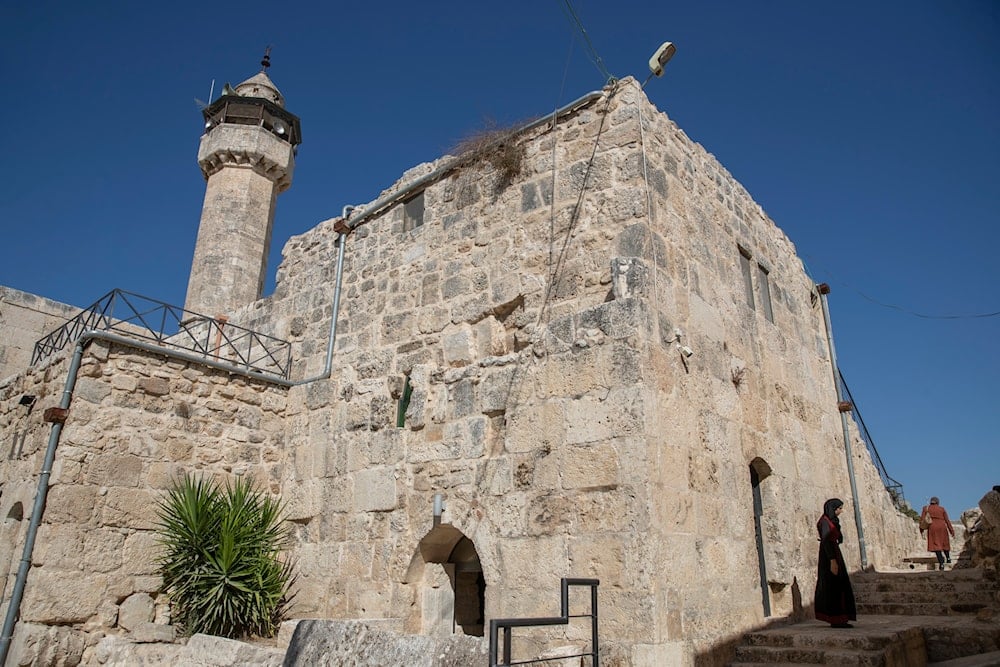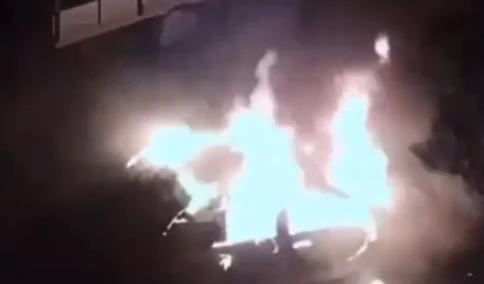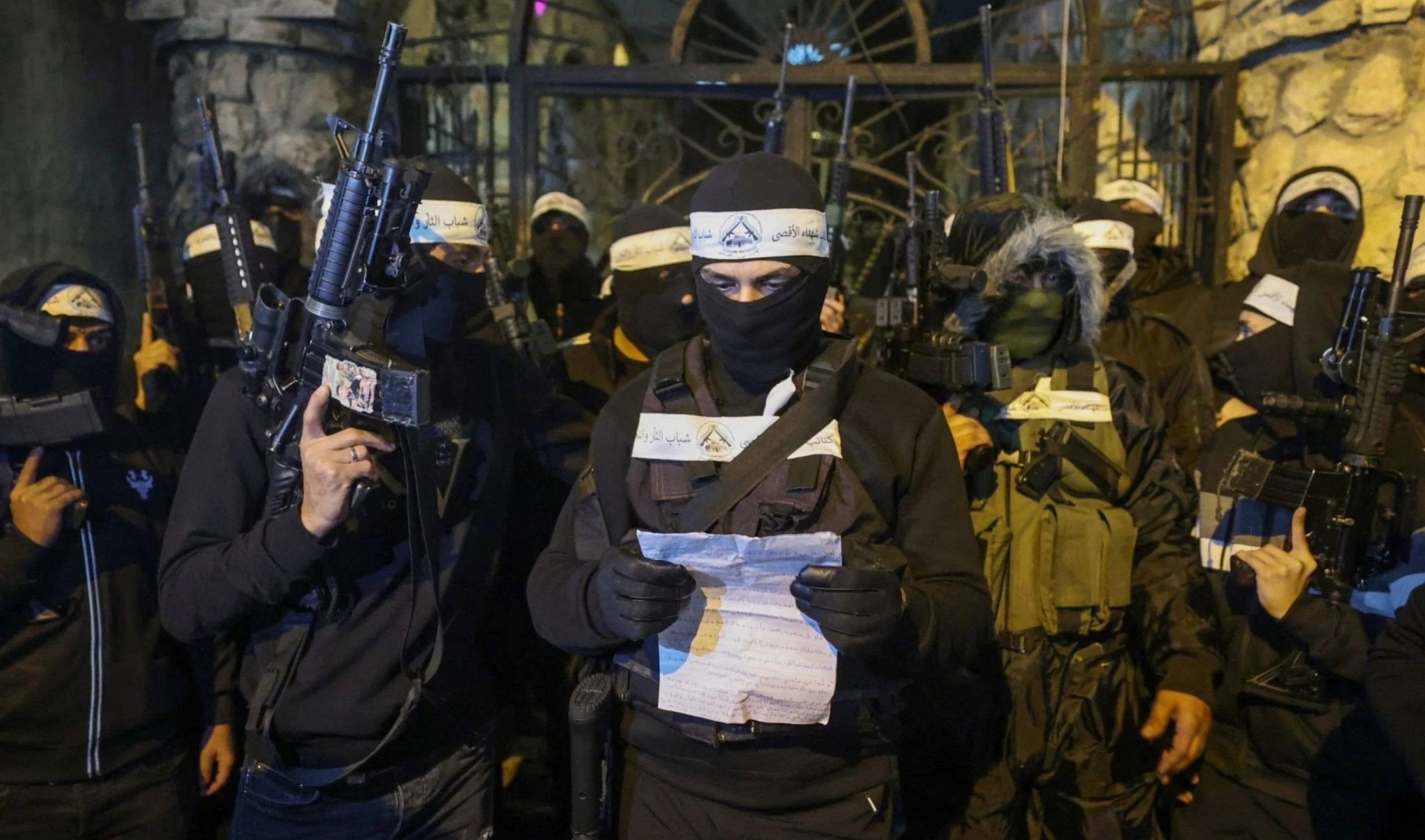'Israel' plans largest-ever architectural land grab at Sebastia, Burqa
"Israel" plans to seize 1,800 dunams in Sebastia, threatening Palestinian olive groves and livelihoods under the guise of archaeological development.
-

The Nabi Yahya Mosque and the Sebastia Museum at the historic archaeological center of the West Bank village of Sebastia, north of Nablus, occupied Palestine, Thursday, Oct. 7, 2021 (AP)
"Israel", through its so-called Civil Administration, has announced plans for a massive land grab of approximately 1,800 dunams at the archaeological site of Sebastia, marking the largest land-seizure targeting antiquities ever recorded, situated right next to the village homes and bordering Area B and impacting thousands of dunams of privately owned olive groves.
In a public notice, the authority stated that it intends to seize the Sebastia archaeological site for development and to make it accessible for public visits, a move that is highly unusual due to both the site’s location and the fact that it is being executed under an administrative order for antiquities.
The plan would involve the seizure of nearly 1,800 dunams of land belonging to the Palestinian villages of Burqa and Sebastia, encompassing thousands of olive trees. The land is privately owned and registered in the land registry under Palestinian ownership. Residents and landowners have been given 14 days to submit objections in an effort to block the order from taking effect.
Five times since 1967
Since 1967, land thefts in the West Bank for antiquities development have, according to Peace Now, occurred five times:
- Seizure of two dunams at the ancient synagogue in Areeha in 1982;
- 286 dunams from the village of Susya in the South Hebron Hills in 1985, where residents were expelled and the site was later placed under the Hebron Hills Regional Council, allowing Palestinians access only by paying the Israel Nature and Parks Authority;
- About 24 dunams at the Deir Qal’a and Deir Samaan sites in 2020;
- 139 dunams at the Archelais site in the Jordan Valley in February 2023;
- The now-planned seizure of 1,800 dunams at the Sebastia archaeological site.
In the cases of Deir Qala and Deir Samaan, the sites now fall within the boundaries of the settlements of Alei Zahav and Peduel, leaving Palestinians without any access to them.
In all cases, the land grabs were officially justified as serving a public purpose, but in practice, they resulted in the exclusion of Palestinians from the sites.
Sebastia case stands out
The Sebastia case is particularly unusual because the plan targets an archaeological site that has historically served as an economic, cultural, and tourism hub for residents of Sebastia and the surrounding area, which has remained accessible to the public, according to Peace Now.
Shops, restaurants, and local guesthouses operate around the site, and many people in Sebastia rely on tourism for their income, working as guides or hosting visitors. The archaeological area is located within the village itself, close to residents’ homes. The planned land theft affects the western section of the site, which has fewer houses and is mainly bordered by olive groves.
Settlement expansion under guise of tourism
The scope of the land seizure is exceptionally large, with authorities approving the seizure of 1,800 dunams to develop the site, while until now the largest land grab for antiquities was in Susya, involving 286 dunams. Although most of the Sebastia area slated to be seized has been designated as archaeological land, the portion of the site that visitors currently tour covers only about 60 dunams.
The measures taken by the Israeli occupation will exclude Palestinians from their lands, all while making it easier for Israelis to occupy the area.
"Israel's" use of tourism for settlement purposes is not new, and in the northern West Bank, in particular, it appears to be used as a guise for wider development plans that include establishing the Homesh and Sa-Nur settlements.

 4 Min Read
4 Min Read










